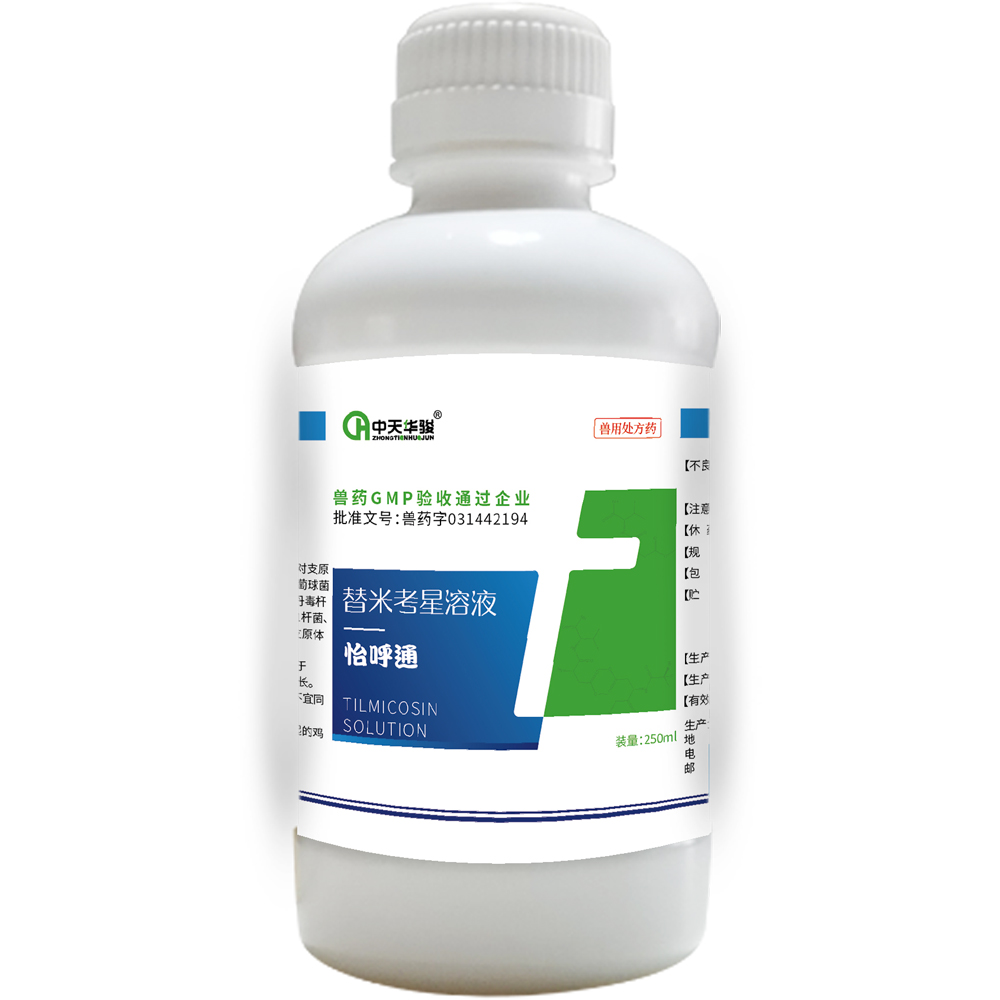
Jul . 31, 2024 04:37 Back to list
Understanding Coccidiosis in Poultry Farming and Its Impact on Production Efficiency and Avian Health
Coccidiosis in Poultry Farming Understanding and Managing the Challenge
Coccidiosis, a parasitic disease caused by protozoa of the genus Eimeria, is one of the most significant health concerns in poultry farming. Affecting chickens, turkeys, and other avian species, this disease leads to substantial economic losses across the global poultry industry. Understanding the biology of the pathogen, its impact on bird health, and effective management strategies is crucial for poultry producers aiming to mitigate the effects of coccidiosis.
The Biology of Coccidia
Eimeria species are typically host-specific, with several distinct species infecting chickens. The life cycle of these protozoa is complex, involving both sexual and asexual reproduction. The infected birds shed oocysts, the infective form of the parasite, in their feces. Under suitable environmental conditions, these oocysts can survive for extended periods, contaminating feed, water, and bedding, thereby posing a continuous risk of reinfection to the flock.
Once ingested, the oocysts release sporozoites in the intestine, where they invade intestinal epithelial cells. This invasion leads to cell destruction, causing enteritis, malabsorption, and diarrhea. The clinical signs can vary from mild to severe, depending on the species involved and the immune status of the birds. In severe cases, mortality rates can be high, especially in young chicks who lack fully developed immune systems.
Economic Impact
The economic implications of coccidiosis in poultry farming are significant. Beyond direct losses due to increased mortality, the disease can lead to reduced growth rates, poor feed conversion, and increased costs associated with veterinary care and treatment. Moreover, affected birds may experience reduced egg production and lower overall performance, leading to financial strain for producers. Estimates suggest that the annual economic loss due to coccidiosis in poultry could run into billions of dollars worldwide.
Management Strategies
coccidiosis en aves factories

Effective management of coccidiosis requires a multi-faceted approach, focusing on prevention, control, and treatment. Here are some strategies that poultry producers can implement
1. Biosecurity Measures Maintaining high standards of hygiene in poultry facilities is essential. Regular cleaning and disinfection of housing, equipment, and feeding utensils can reduce the spread of oocysts. Isolating new birds before integrating them into existing flocks can also help minimize the introduction of coccidia.
2. Vaccination Live coccidiosis vaccines are available and have been shown to bolster the immune response in young birds. These vaccines expose birds to low doses of the parasite, allowing them to build immunity without suffering from severe disease.
3. Nutritional Support Providing a nutritionally balanced diet that supports gut health can enhance the overall resilience of the birds. Supplements such as probiotics and prebiotics can promote a healthy gut microbiome, which in turn can help in combating coccidia.
4. Anticoccidial Medications The use of anticoccidial drugs in feed can help control outbreaks. However, it’s crucial to employ these medications judiciously to prevent the development of drug resistance. Rotating different classes of anticoccidials can be an effective strategy to minimize resistance.
5. Monitoring and Surveillance Regular monitoring for clinical signs of coccidiosis, as well as testing for oocyst counts in fecal samples, can help detect the disease early. This proactive approach allows for timely interventions that can reduce the severity of outbreaks.
Conclusion
Coccidiosis remains a formidable challenge in poultry farming, but with comprehensive management strategies, it is possible to reduce its impact significantly. By combining rigorous biosecurity practices, vaccination, proper nutrition, and responsible medication use, poultry producers can create a healthier environment for their birds. Continued research into the biology of Eimeria and advancements in management techniques will be vital in the ongoing battle against this prevalent disease in avian populations.
-
Premium China Bacillus Subtilis Supplier & Factory Solutions
NewsJul.30,2025
-
Premium Avermectin Supplier in China | Custom Solutions Available
NewsJul.29,2025
-
China Bacillus Subtilis Supplier - Custom Factory Solutions
NewsJul.29,2025
-
China Salivation: Leading Custom Salivation Supplier & Factory Solutions
NewsJul.29,2025
-
Leading Lincomycin Hydrochloride Manufacturer & Supplier with High Purity
NewsJul.29,2025
-
Bio-Enzyme Yogurt Growth Promoter Factory - Top Quality Manufacturer & Supplier
NewsJul.28,2025




